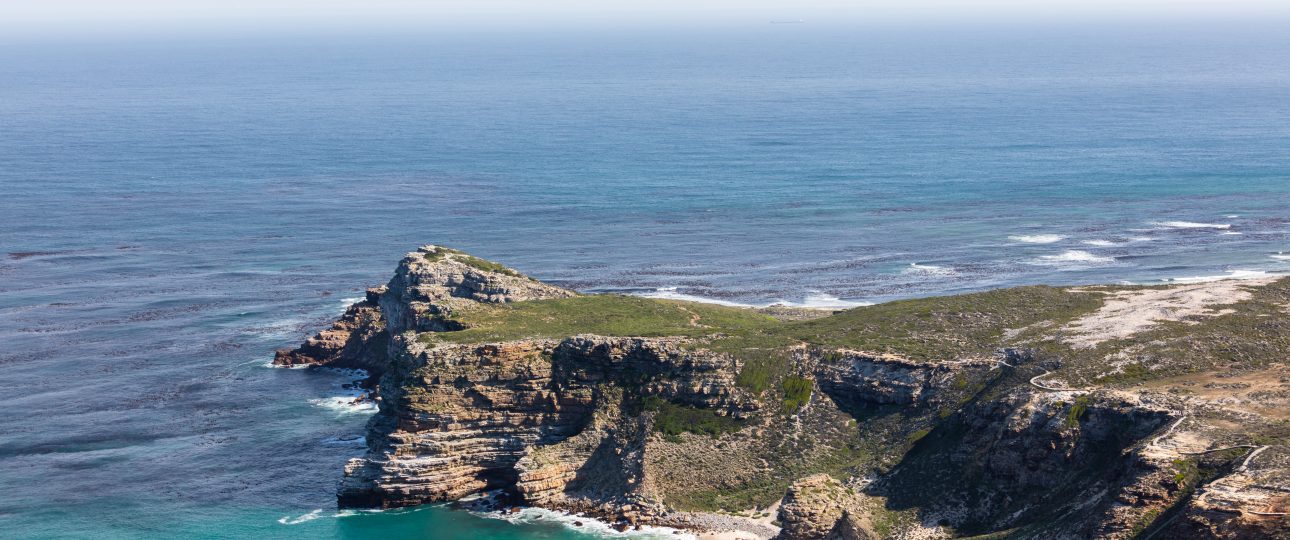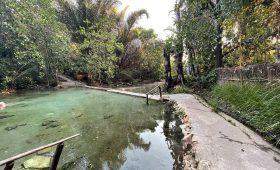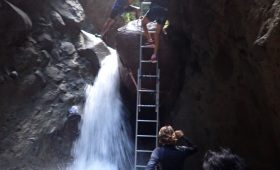Exploring the Cape of Good Hope: A Journey Through History and Nature
The Cape of Good Hope, located on the southern tip of the Cape Peninsula in South Africa, is a destination that combines breathtaking natural beauty with rich historical significance. Having visited this iconic site, I can attest to its allure and the unique experiences it offers.
Understanding the Geography
Contrary to popular belief, the Cape of Good Hope is not the southernmost point of Africa. That title belongs to Cape Agulhas, situated about 150 kilometers to the east-southeast. However, the Cape of Good Hope is significant as the point where ships traveling along the western coast of Africa begin to head more eastward than southward. This geographical nuance has made it a landmark for sailors for centuries.
Historical Significance
The Cape of Good Hope has been a pivotal point in maritime history. It was first rounded by the Portuguese explorer Bartolomeu Dias in 1487, marking a milestone in the quest to establish trade routes with the Far East. Originally named “Cabo das Tormentas” or “Cape of Storms,” it was later renamed to reflect the optimism of opening a sea route to India. The cape’s historical importance is further underscored by its role in the European exploration of African waters.
Natural Beauty and Biodiversity
The Cape’s rugged coastline and dramatic cliffs create a stunning landscape that is a photographer’s dream. The convergence of the Atlantic and Indian Oceans adds to the area’s unique charm. Nature enthusiasts will appreciate the region’s rich biodiversity, including the distinctive fynbos vegetation and wildlife such as the endangered Cape Mountain Zebra. Birdwatchers will also find a diverse array of species to observe.
Best Time to Visit
The Cape of Good Hope enjoys a mild climate, influenced by the meeting of two oceans. Here’s what to expect each season:
- Spring (September – November): Ideal for witnessing blooming wildflowers. The weather is pleasant, perfect for hiking and outdoor activities.
- Summer (December – February): Warmer temperatures and longer daylight hours. However, this is peak tourist season, so expect crowds.
- Autumn (March – May): Milder temperatures and fewer tourists make for a relaxed atmosphere.
- Winter (June – August): Chilly and rainy weather, but the dramatic stormy seascapes offer a unique experience.
Getting There
Reaching the Cape of Good Hope is straightforward, with several transportation options:
- By Air: Fly into Cape Town International Airport, about 60 kilometers from the Cape. Renting a car or taking a taxi from the airport is convenient.
- By Car: Driving from Cape Town offers a scenic route with well-marked roads leading to the Cape.
- By Public Transportation: Buses and trains provide access to the area. Consider joining a guided tour for a hassle-free experience.
Local Transportation
Once at the Cape of Good Hope, getting around is easy with several options:
- Car Rental: Renting a car allows you to explore at your own pace. Numerous rental companies in Cape Town offer a variety of vehicles.
- Taxis: Taxis are readily available at popular tourist spots and accommodations, providing a convenient way to navigate the area.
- Bicycle Rental: For an eco-friendly option, rent a bicycle and enjoy the scenic cycling routes that the Cape offers.
Additional Insights
The Cape of Good Hope is part of the Table Mountain National Park, which includes Cape Point. This area was once the Cape Point Nature Reserve before its incorporation into the national park. The region’s historical layers also include its past as the Dutch Cape Colony and later as the British Cape Colony, reflecting its colonial history.
While the Cape of Good Hope is a remarkable destination, it’s worth noting that the area can be windy, and the weather can change rapidly. Visitors should be prepared for these conditions, especially when hiking or exploring the cliffs.
Overall, the Cape of Good Hope offers a blend of natural beauty, biodiversity, and historical intrigue. Whether you’re drawn to its stunning landscapes, unique wildlife, or historical significance, there’s much to explore. Plan your visit according to the season that best suits your interests, and choose the transportation method that aligns with your travel style. Embrace the opportunity to delve into the captivating history and natural wonders of this remarkable location.




